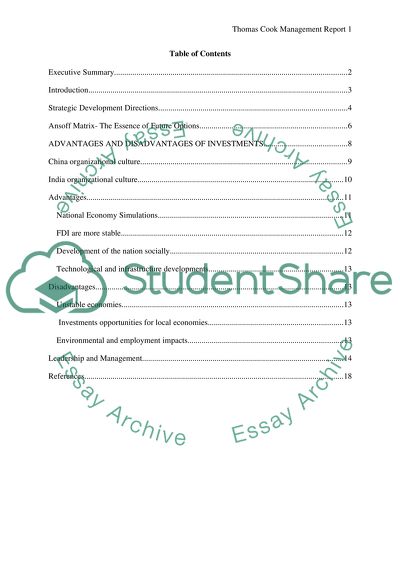Cite this document
(“Strategic management Essay Example | Topics and Well Written Essays - 3250 words”, n.d.)
Retrieved from https://studentshare.org/environmental-studies/1411200-strategic-management
Retrieved from https://studentshare.org/environmental-studies/1411200-strategic-management
(Strategic Management Essay Example | Topics and Well Written Essays - 3250 Words)
https://studentshare.org/environmental-studies/1411200-strategic-management.
https://studentshare.org/environmental-studies/1411200-strategic-management.
“Strategic Management Essay Example | Topics and Well Written Essays - 3250 Words”, n.d. https://studentshare.org/environmental-studies/1411200-strategic-management.


